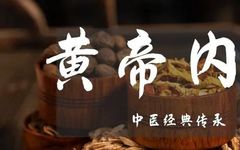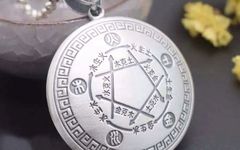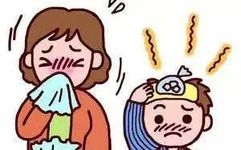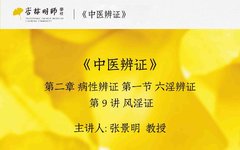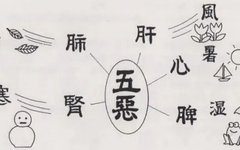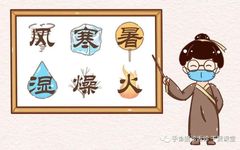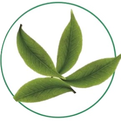Understanding the Five Elements and Six Excesses in TCM: An Introduction
Traditional Chinese Medicine Popularization | Opinions may be controversial; content is for reference only. Written by | Anonymous Editor | Zichu Introduction to the Five Elements and Six Excesses What are the “Five Elements”? The Five Elements refer to the ancient Chinese classification of the world into five categories: Metal, Wood, Water, Fire, and Earth. … Read more


